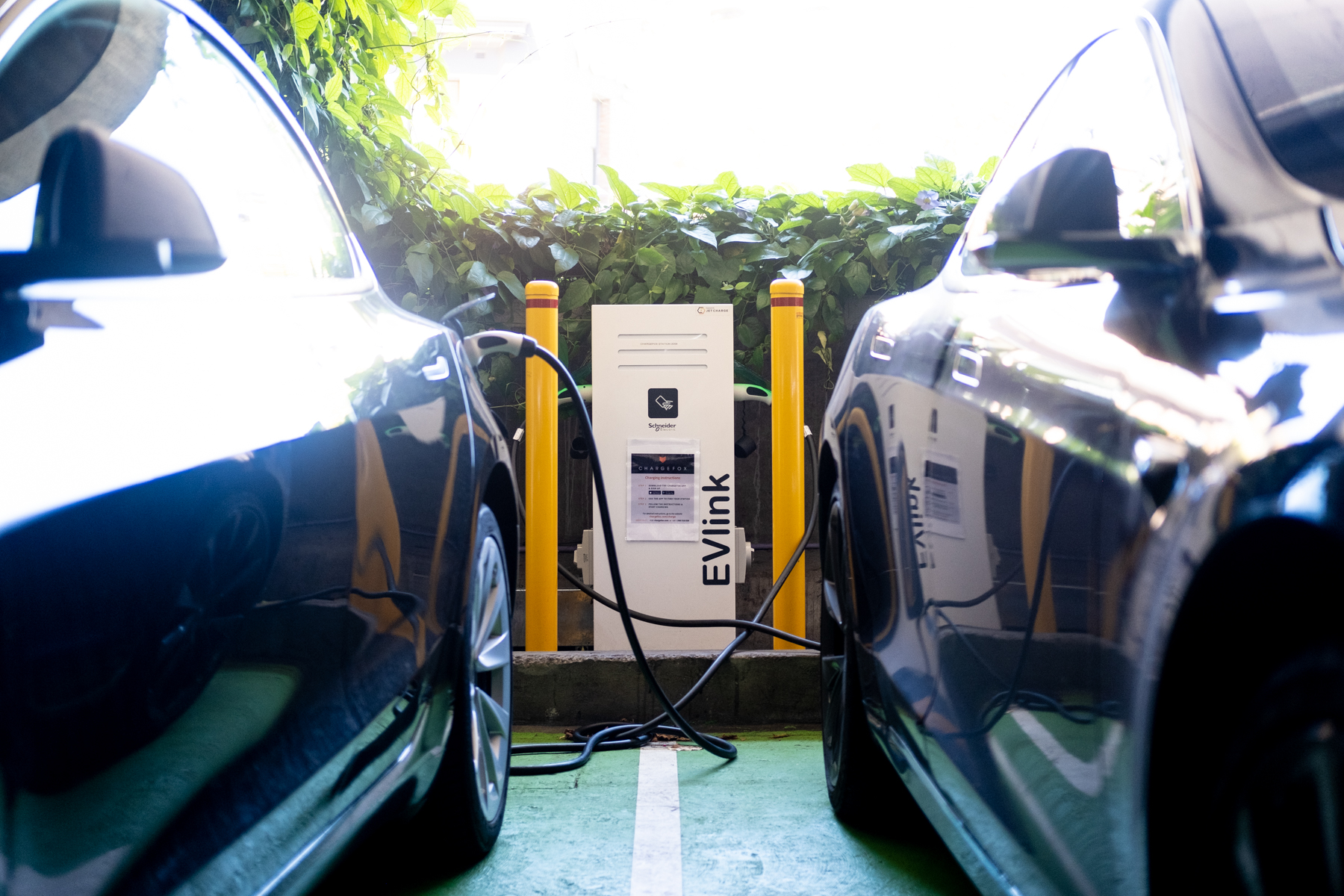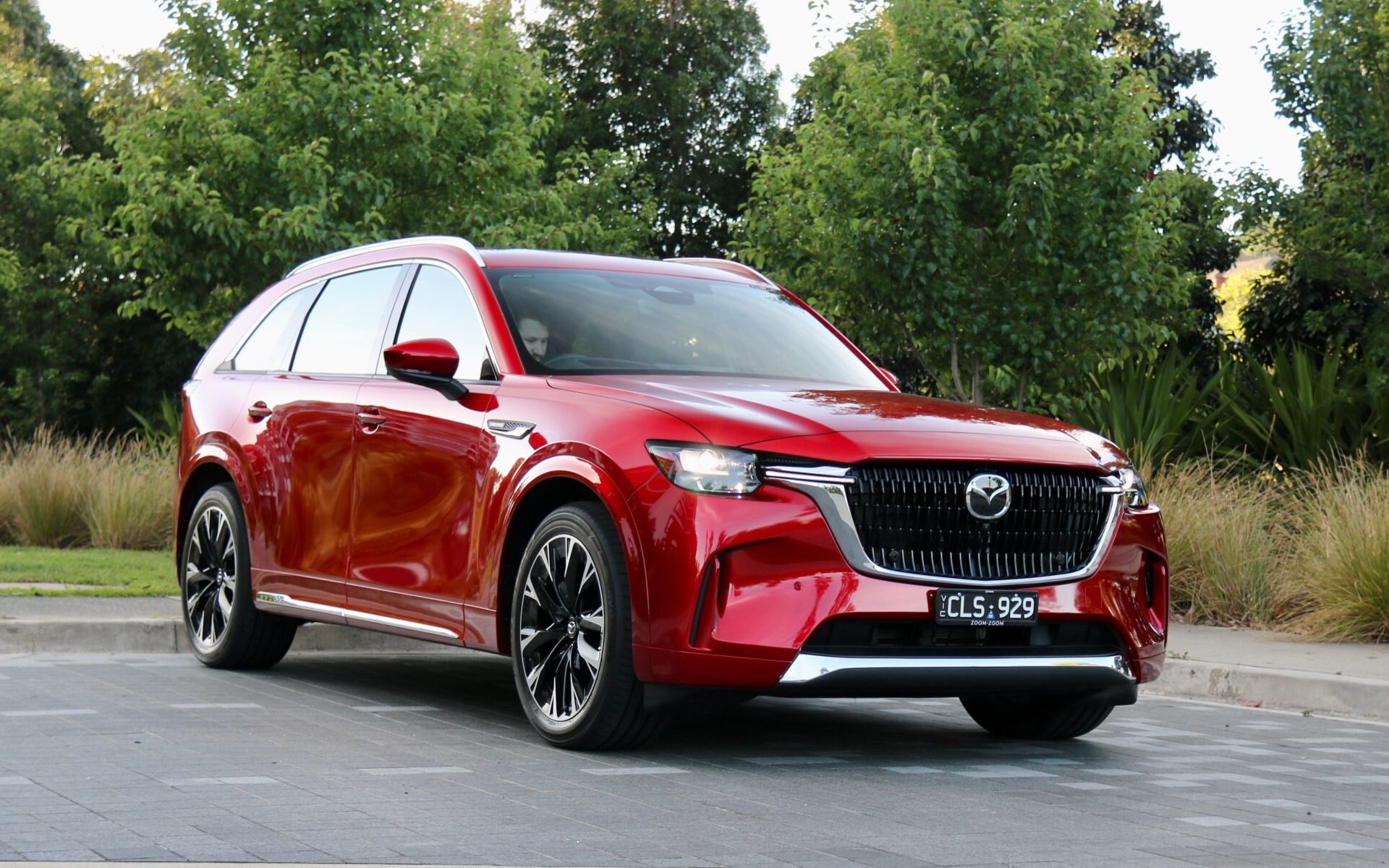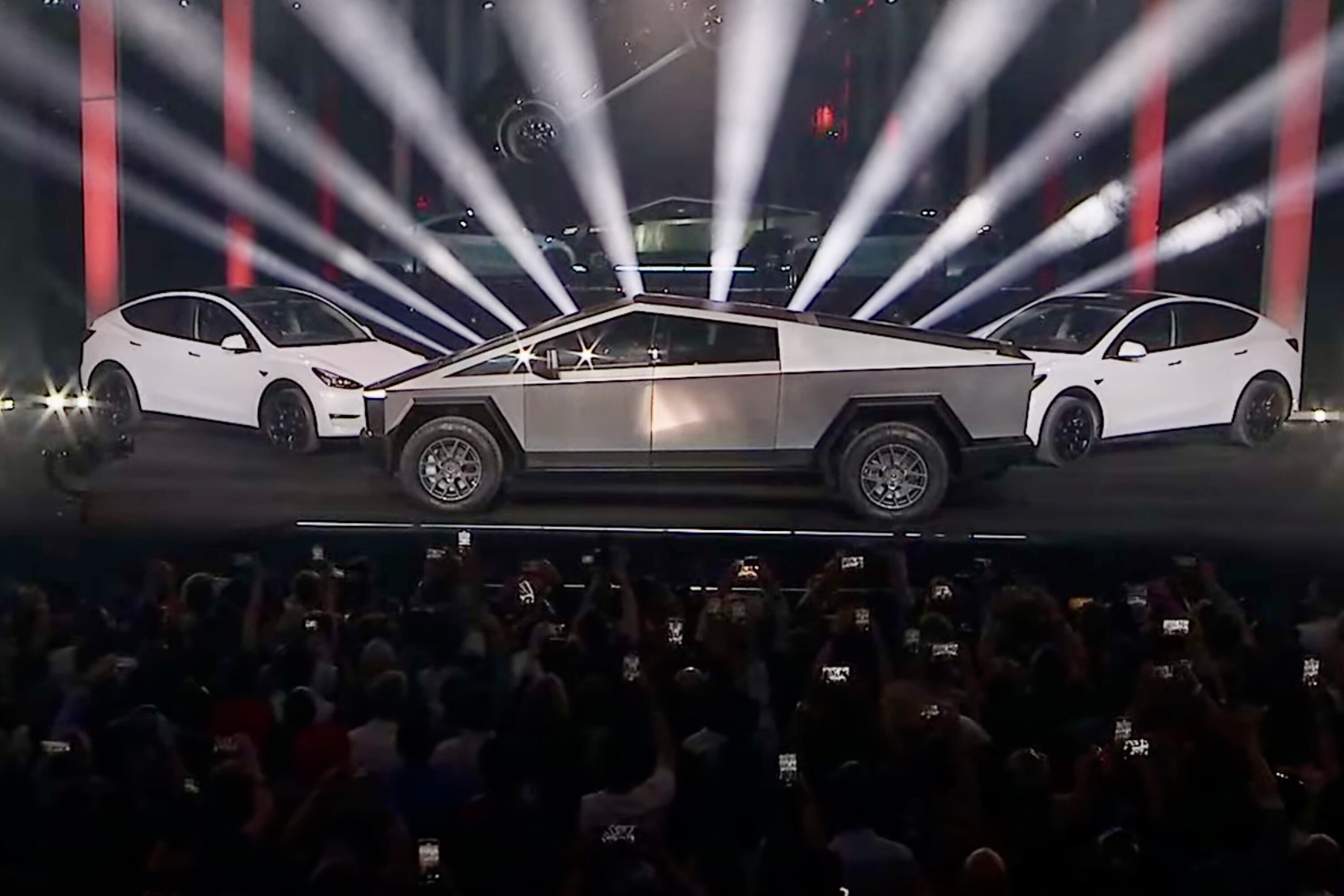
What’s coming down the line for the world’s most popular EV brand?
Despite the best efforts of Chinese upstarts, Tesla still has something of a stranglehold on the EV world… for now
But what next for the American brand? Tesla is now more than 20 years old, and has been selling cars to the mainstream for more than 12 of those years. It’s no longer the new kid on the block – if anything it’s starting to show some grey hairs – and even though the popular Model 3 and Model Y have some years to go in their respective model cycles, Tesla needs newer and more diverse products in its showroom to stay relevant.
Let’s take a look at what’s on the horizon for Tesla.
JUMP AHEAD
Model Y facelift
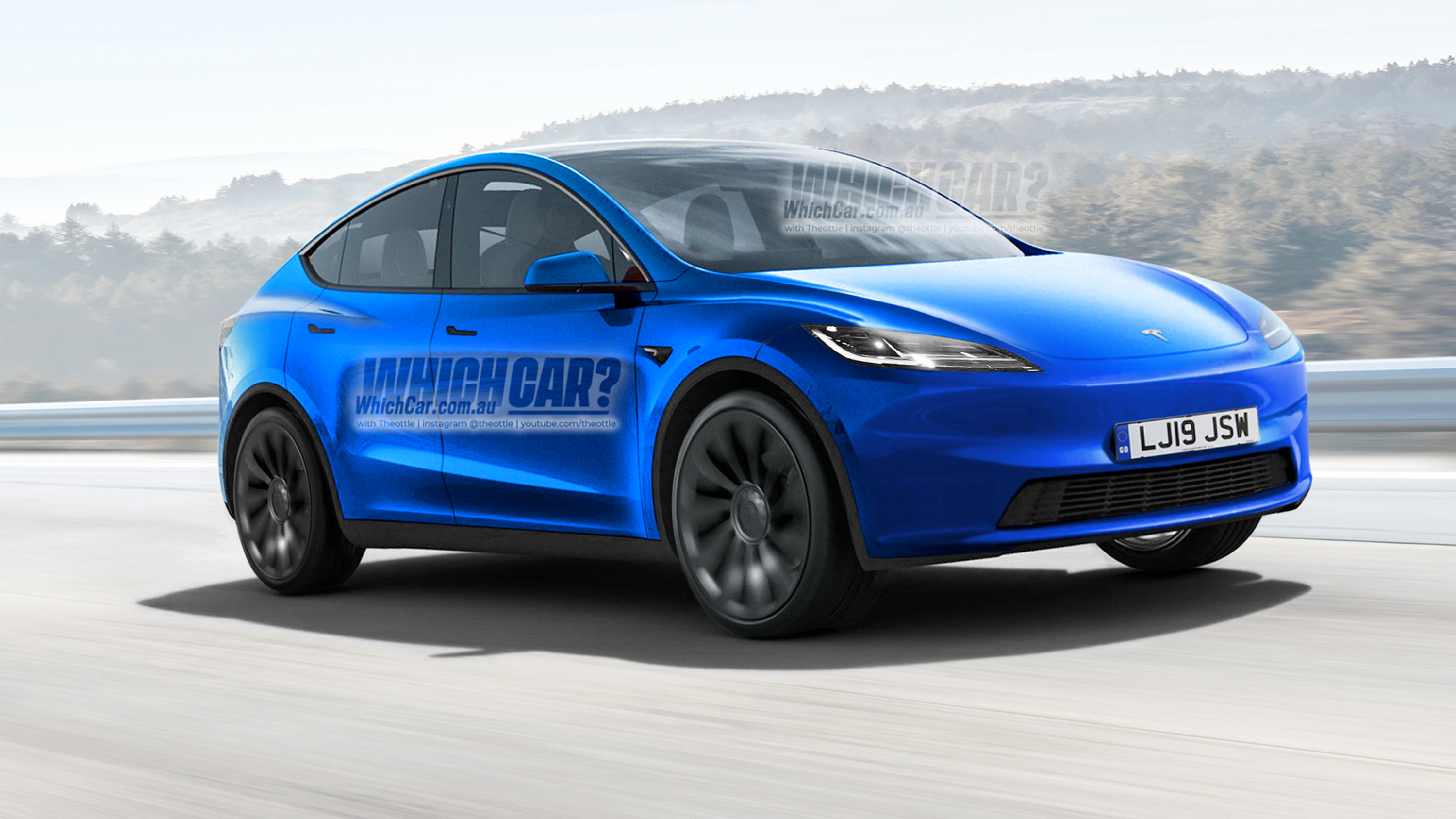

With the Model 3 facelift now on sale, it’s now a matter of time before the Model Y – often a top-selling model in Australia – is blessed with the same updates.
The Model Y’s first major facelift, codenamed ‘Juniper’ by Tesla, will see a similar treatment to that of the Model 3 ‘Highland’ update being applied to the hugely popular EV SUV.
Expect sharper lamp clusters at front and rear, new front quarter panel pressings and bumper plastics, fresh alloy wheel designs and possibly some new colours in the palette.
On the inside, a cabin rejig that mirrors that of the Model 3 seems like a no-brainer, with the deletion of indicator stalks in favour of steering wheel buttons and an on-screen gear selector replacing a physical one. There’s likely to be minor tweaks to other cabin furniture too, like the centre console, front seats, and steering wheel design.
We’re not expecting big changes to motor output, performance or range, but there may be detail changes to things like battery supplier, brake hardware and other under-the-skin components.
More details should come to light as it draws closer to its official unveiling, which is currently forecast to happen sometime in the first half of 2025.
Model 2
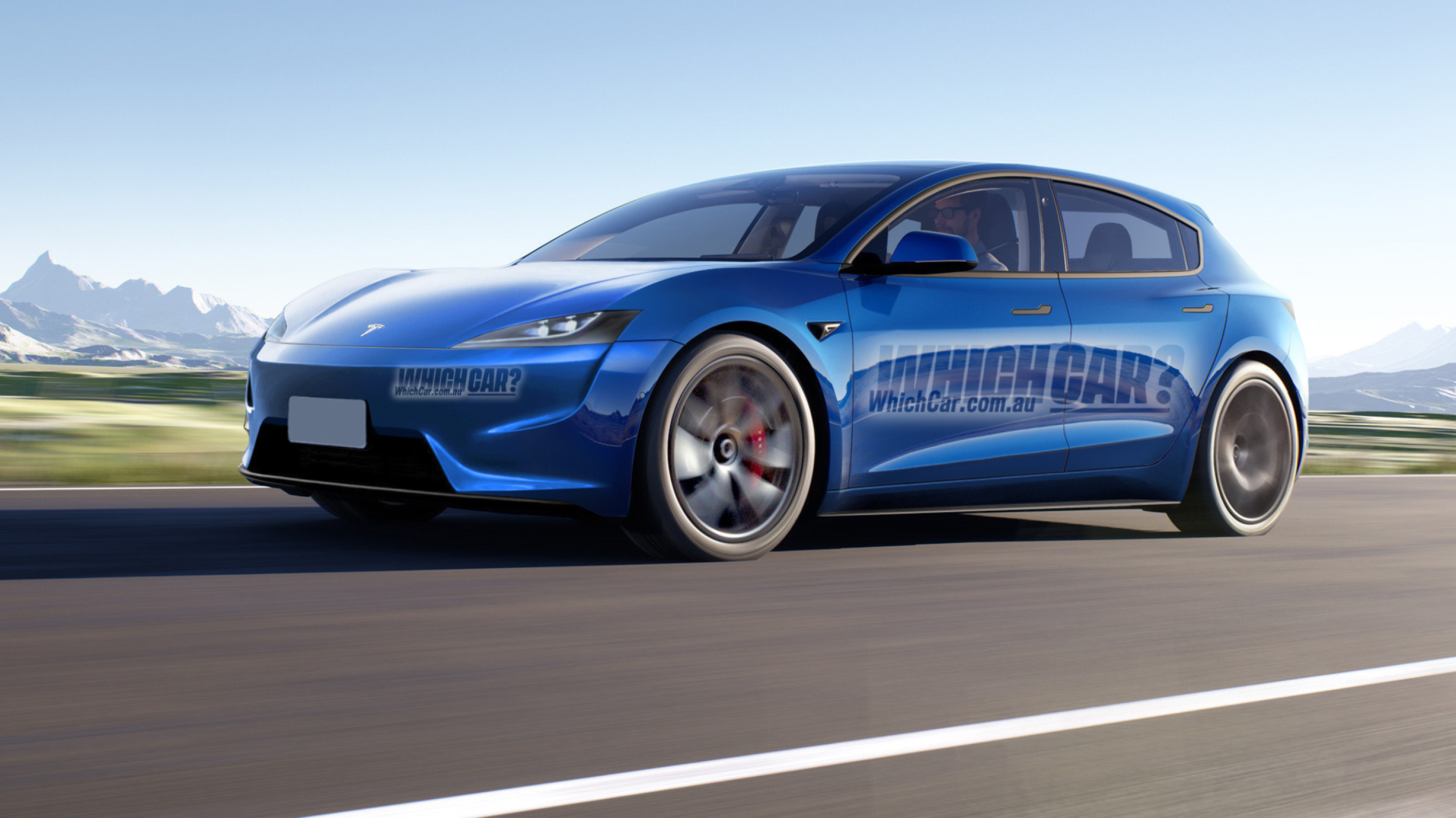
This one might disappoint you. The Model 2 is the presumptive name given to Tesla’s long-awaited ‘affordable’ model, a car Elon Musk said would be funded by the sales of all of its larger vehicles, but as it stands the Model 2 appears to be as good as dead.
The smaller-sized EV was expected to be the first Tesla to make use of its groundbreaking second-generation vehicle architecture, which would deploy an innovative new construction methodology that Tesla mysteriously referred to as the “Unboxed” process.
However, teething issues with that new method of assembly – which apparently would see cars being assembled into large sub-assemblies before being joined together as a final step on the production line, rather than having parts get progressively bolted into a chassis in the traditional way – appears to have thrown up a significant roadblock. The Unboxed process was supposed to yield reductions in assembly costs, something which compact cars are heavily exposed to, but word around the industry is that Tesla is struggling to find a way to build the Model 2 while still making it profitable.
Issues with Tesla’s new 4680 battery cell technology are also reportedly to blame for the pause button being hit on the Model 2’s development. If costs can’t be constrained, it seems unlikely that the Model 2 will be able to hit its expected entry price of US$25,000 (around AU$37,000)
But all of that research and development on the Model 2 likely won’t go to waste, because in October this year Tesla is expected to reveal a car that’s probably going to recycle a lot of that Model 2 hardware for a different kind of purpose: the Cybercab. Read about it further down the page.
Tesla Cybertruck
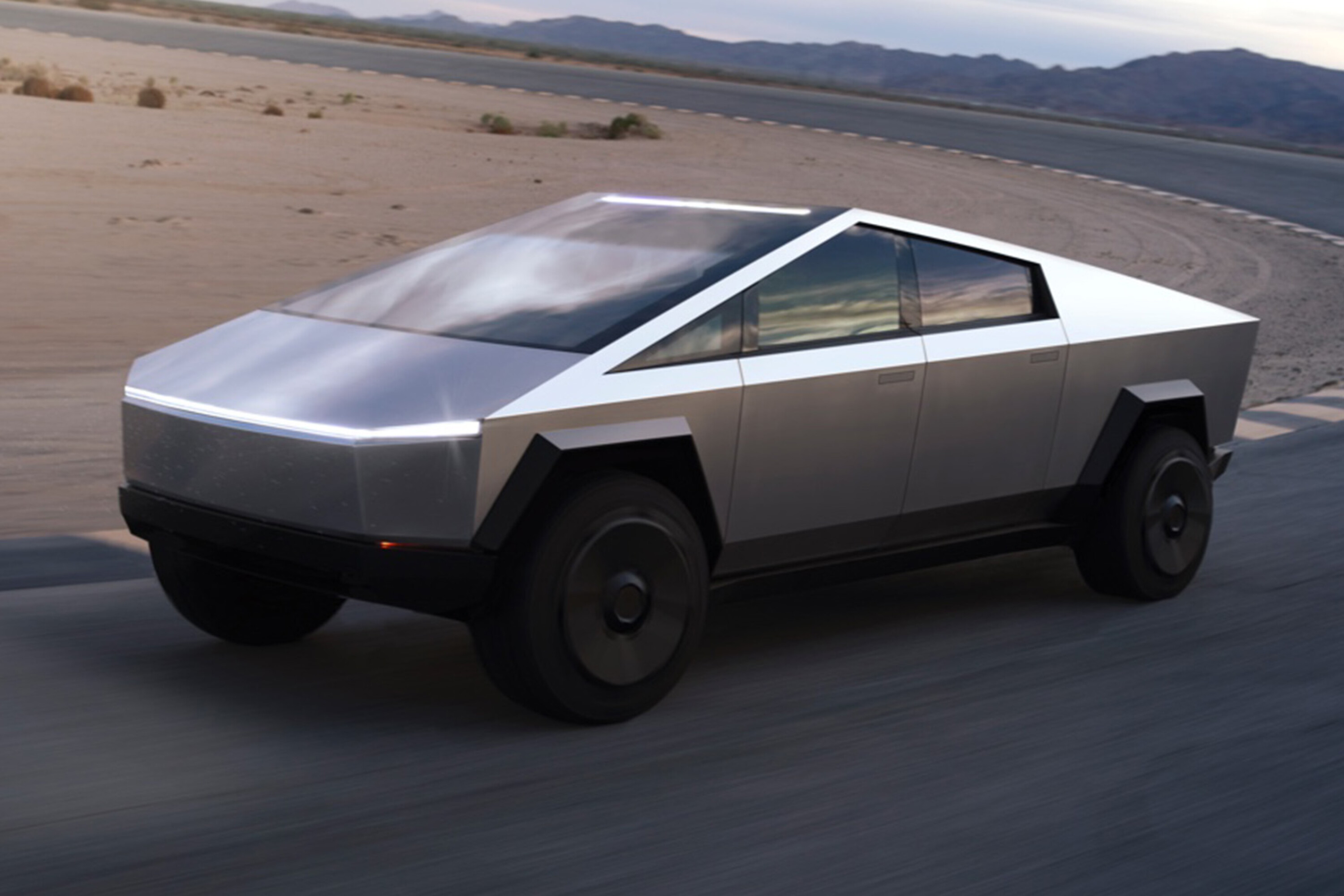
First shown as a concept in 2019, the edgy EV ute has just started rolling down the line at the company’s Texas Gigafactory – but so far only as high-spec, high-power versions.
The million-dollar question is, of course, whether this first iteration of the Tesla Cybertruck will ever go on sale in Australia.
Aside from the fact that Elon Musk himself has said the original Cybertruck in its initial form was never destined for world markets, the lengthy production delay and subsequent pent-up demand – it’s been reported that there are a million expressions of interest in the can – is sure to put markets outside the US right down the pecking order. There’s also the not-inconsiderable fact that Cybertruck’s sharp-edged stainless steel bodywork is very much incompatible with most pedestrian impact standards, which isn’t a problem in the USA, but very much an issue in most other developed markets.
A smaller Tesla ute could potentially be built on top of the second-generation platform that is set to underpin a new generation of Teslas, as well. However, considering the lengthy gestation endured by the Cybertruck, who knows when such a machine will ever break cover.
Cybercab
Elon Musk has been pushing hard for a robotaxi of his own, a dedicated self-driving vehicle that’s pitched not so much at consumers, but rather rideshare businesses and taxi fleets. Expected to launch in October this year and possibly dubbed “Cybercab”, this is the vehicle that’s expected to make use of the stillborn Model 2’s innovative new platform – well, at least portions of it.
Why is the Cybercab moving ahead while the Model 2 isn’t? Simple economics. With the Cybercab pitched as a profit-generating device for mobility businesses, Tesla can expect to sell them for more than they would a Model 2 to a private buyer, thus strengthening the business case.
There’s also the possibility that Tesla itself could operate a fleet of Cybercabs, summoned by the Tesla app, which would give it a way to enter the rideshare industry and add yet another profit stream to its bottom line. Watch this space, the Cybercab could make things interesting.
Roadster

The Tesla Roadster put the then-tiny EV company on the map back in 2008, and so it follows that people would be keen on a new version.
That’s particularly true right now, given the popularity of high-performance variants of the Model S. Alas, the second-generation Tesla Roadster has stalled in the starting blocks.
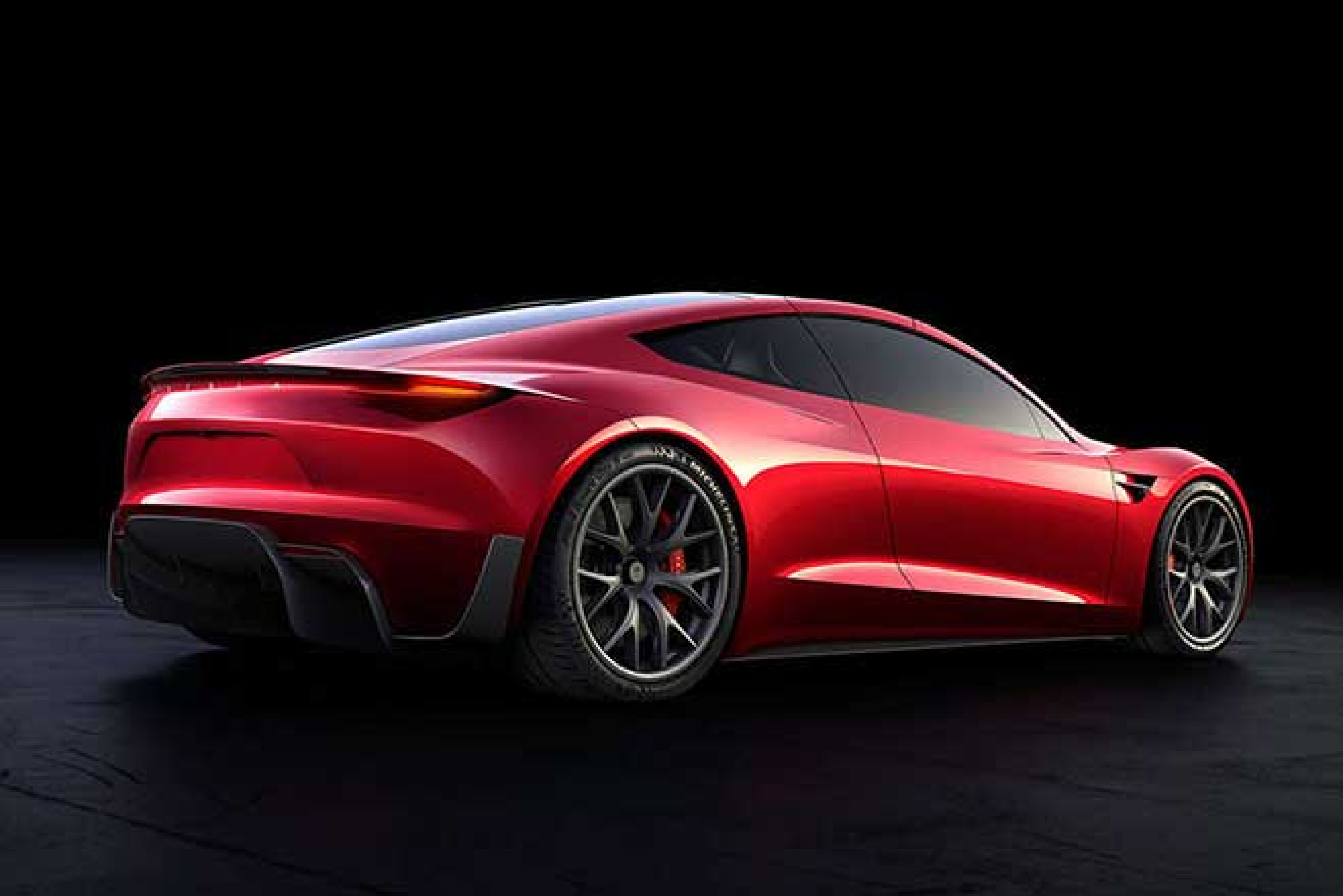
Back in 2017, Elon Musk previewed a swoopy 2+2 hardtop that he said would rip to 100km/h in a claimed 1.9 seconds, top 400km/h and boast 1000km of battery range.
The on-sale date of 2020 has come and gone, however, and Musk himself has admitted earlier this year that the earliest the world will see a gen-2 Roadster will be at the end of 2024. It’s bound to bear little resemblance to the 2017 concept, especially as Musk has pledged that the Roadster’s successor will use cold-gas rockets (which is a fancy way of saying compressed air) to help propel it at an outrageous rate of acceleration.
Semi
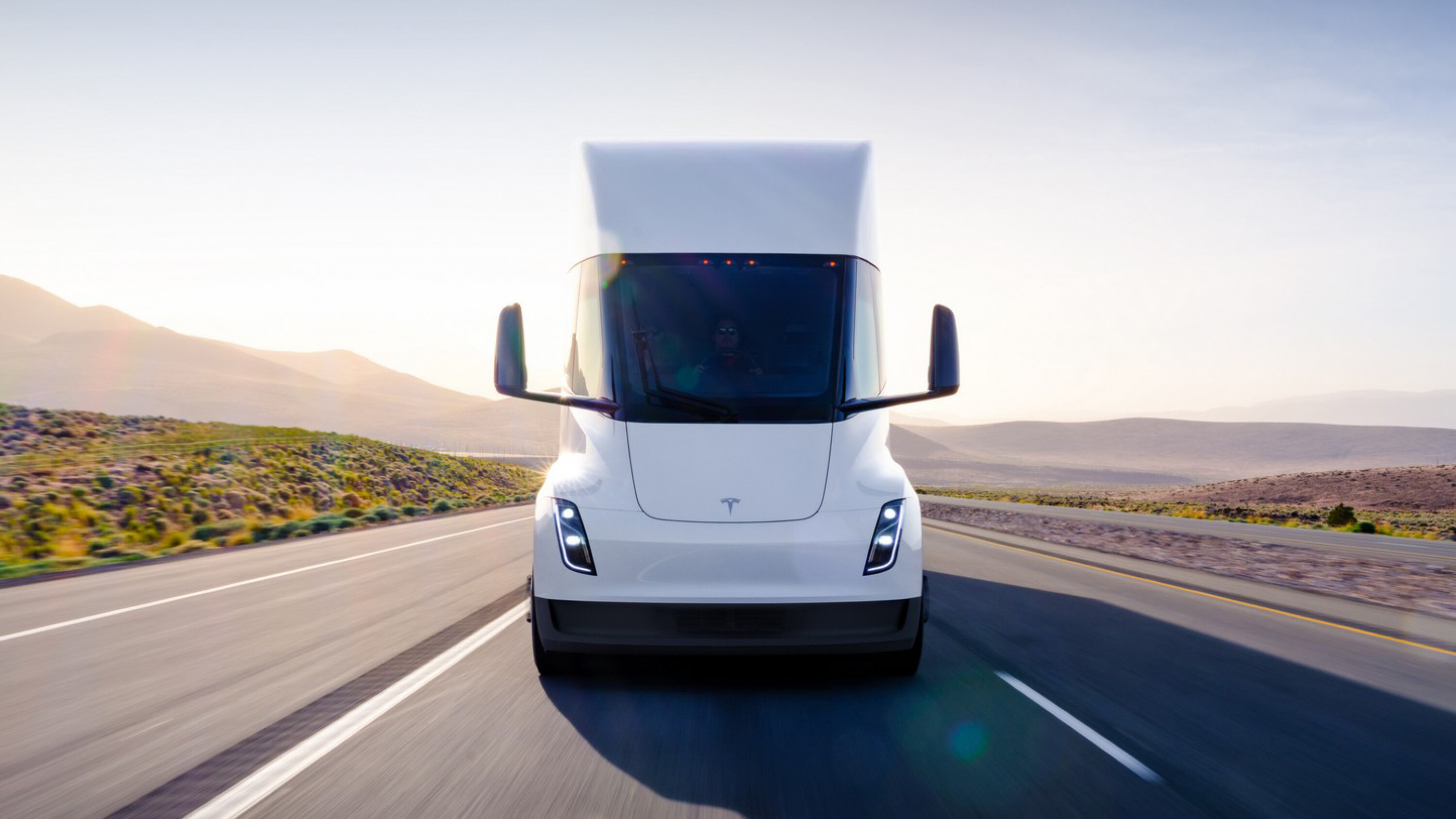
Another oft-delayed roll-out, the Semi electric prime mover is trickling out of Tesla’s Nevada plant at a slower pace than expected.
Select companies in the USA are running a small fleet of Semis as a trial, with reports from the company suggesting the Semi is good for a range of around 425 miles (684km).
This is against Elon Musk’s original claim of 500 miles (804km) with a full payload of 45,000lb (20,000kg), and at highway speeds.
However, the projections of having 50,000 Semis in market by 2024 appear to be some way off.
Battery construction and other technical details are still scarce, and with continuing Cybertruck production and the impending Cybercab being the next big focus for Tesla, the Semi may end up being starved of attention for a good while.
Model S & Model X
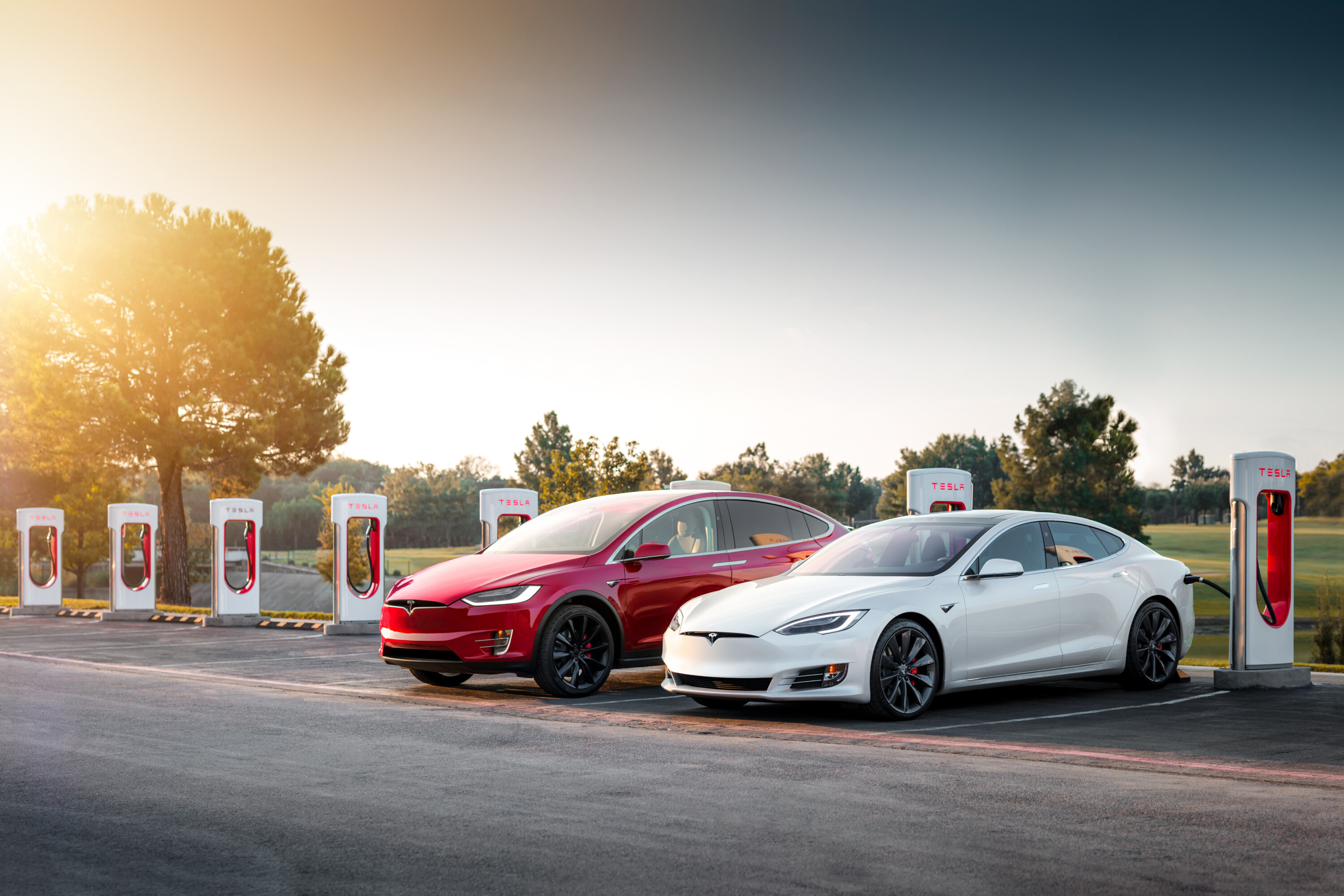
This is a simple one… as of June 1 this year, neither the Model S sedan nor the Model X SUV are available for purchase in Australia from Tesla.
The local version of the website confirms this, and it follows news that Australian reservation holders for the two former mainstays of the Tesla line-up were informed in May that their cars would no longer be delivered.
Both cars now make up a miniscule percentage of Tesla’s global sales, and the Model S is getting on at 12 years old and counting, while the ‘Falcon-winged’ Model Y debuted in 2015 with only modest updates since.
New-generation versions of either don’t appear to be anywhere in Tesla’s product pipeline, and both are regarded as ‘zombie cars’ – vehicle lines that refuse to die a natural death.

